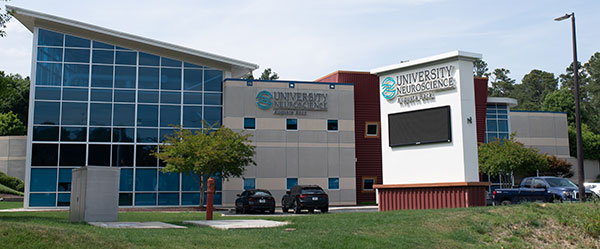About HeadachesThe head is one of the most common sites of pain in the body. A headache is often described as aching or pain that occurs in one or more areas of the head, face, mouth, or neck. Nearly everyone gets a headache at one time or another. Headaches may be chronic, recurrent or occasional. The range of pain often varies from mild to severe enough to disrupt daily activities. Headaches encompass the network of nerve fibers in the tissues, muscles, and blood vessels located in the head and at the base of the skull. The most common types of headache are classified as primary, secondary and cranial neuralgias, facial pain, and other headaches. There are three types of primary headaches: tension headache, cluster headache, and migraine. Studies show in the United States, more than 45 million people—including more than the 33 million sufferers of asthma, diabetes, and heart disease—suffer from chronic, recurring headaches. Of this number, 28 million suffer from migraines each year. The cost of these headaches in absenteeism and medical expenses may be estimated as high as $50 billion per year. Secondary headaches are caused by an injury, other illness or condition, such as cerebrovascular disease, head trauma, infection, tumor and metabolic disorder. Head pain may be attributed to syndromes involving the eyes, ears, neck, teeth or sinuses. In cases of secondary headaches, the underlying condition must be diagnosed and treated. It also may be possible that certain types of medication may produce headache as a side effect. A sudden or severe secondary headache that occurs following a blow to the head, that interferes with normal activity, or that accompanies other symptoms (i.e., disorientation, dizziness, loss of consciousness or pain in the eye or ear, fever) should be evaluated by a physician as soon as possible. Types of Headaches
Headache DiagnosisDiagnosis of headaches is based on symptoms and a thorough medical examination, including the following:
Migraines are a chronic disorder, but oftentimes they may go undiagnosed and untreated. Individuals that experience signs and symptoms of migraine, should track and record their attacks along with treatments used. The next step is to make an appointment with a doctor to discuss the migraines and decide on a treatment plan. Headache Warning Signals:
Imaging studies of the brain, such as CT scans or MRI, may be necessary to rule out any serious underlying medical problem, such as brain tumor, stroke, high blood pressure or infection. A spinal tap, a procedure in which cerebrospinal spinal fluid is drawn for examination, may be necessary for a differential diagnosis. X-rays or magnetic resonance angiography (MRA) may be performed to evaluate the brain's blood vessels. In cases where the patient has typical migraine headaches or a family history of migraines, diagnose of the condition may be made based on medical history and a physical exam. However, if headaches are unusual, severe or sudden, certain tests are often performed to rule out other possible causes for the pain.  Website Design & All Educational Content © Copyright 2023 Prizm Development Website Design & All Educational Content © Copyright 2023 Prizm Development Developing Centers of Excellence for Better Healthcare. Prizm is the most experienced developer of spine and orthopedic centers in the U.S. with content-rich educational web sites for spine surgeons, neurosurgeons, orthopaedic surgeons and physical medicine physicians.
706-724-9607· AugustaBack.com
|

 Brain tumors |
Brain tumors |  Even those with a history of headaches should see a doctor if the pattern changes or if headaches suddenly feel different. Seek immediate medical attention if you have any of the following signs or symptoms, as they may indicate another, more serious medical problem, such as a concussion, blood clot or brain tumor:
Even those with a history of headaches should see a doctor if the pattern changes or if headaches suddenly feel different. Seek immediate medical attention if you have any of the following signs or symptoms, as they may indicate another, more serious medical problem, such as a concussion, blood clot or brain tumor:





